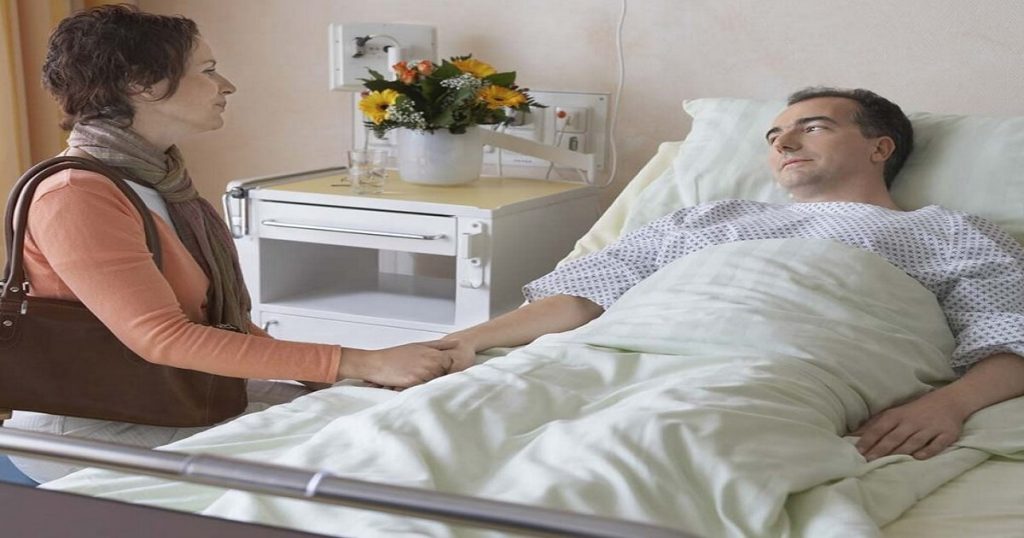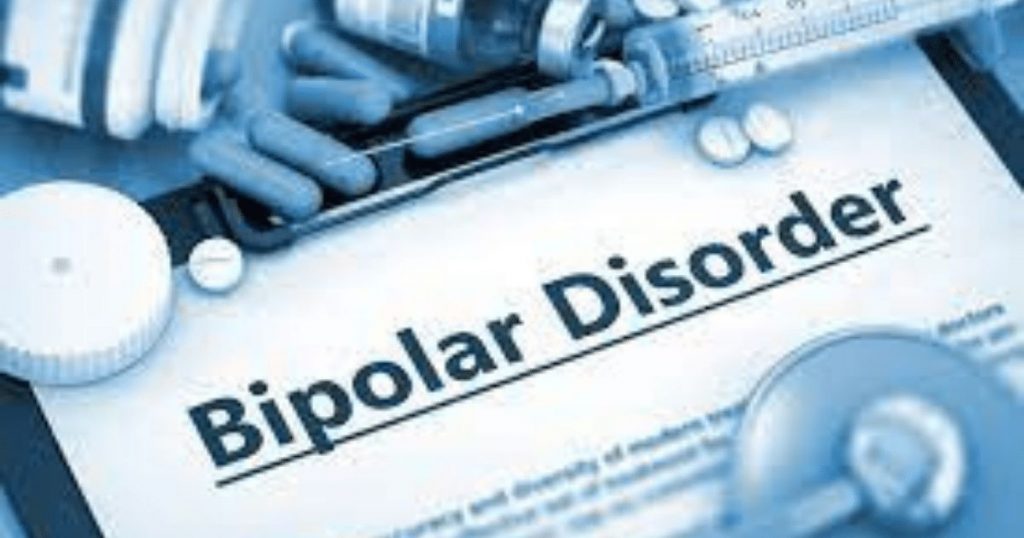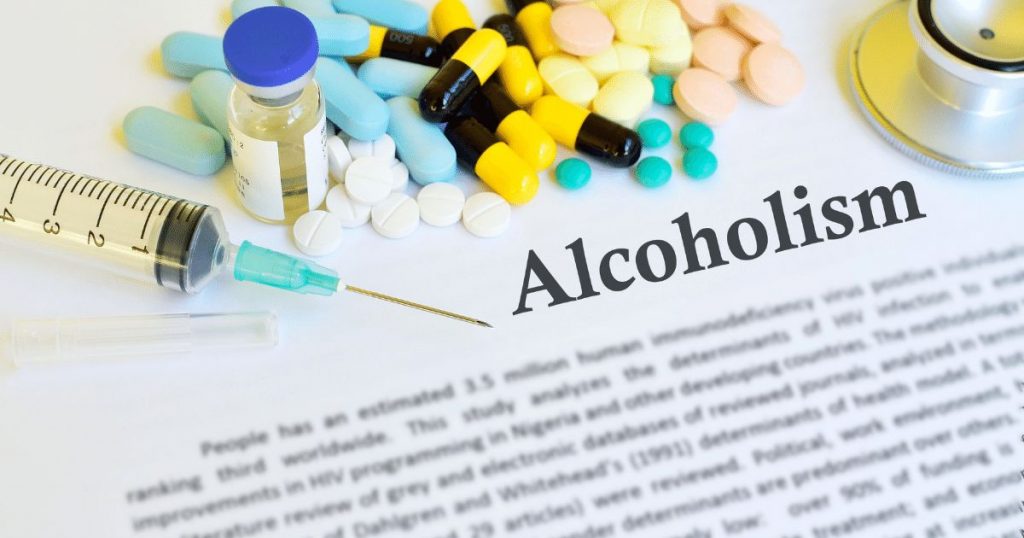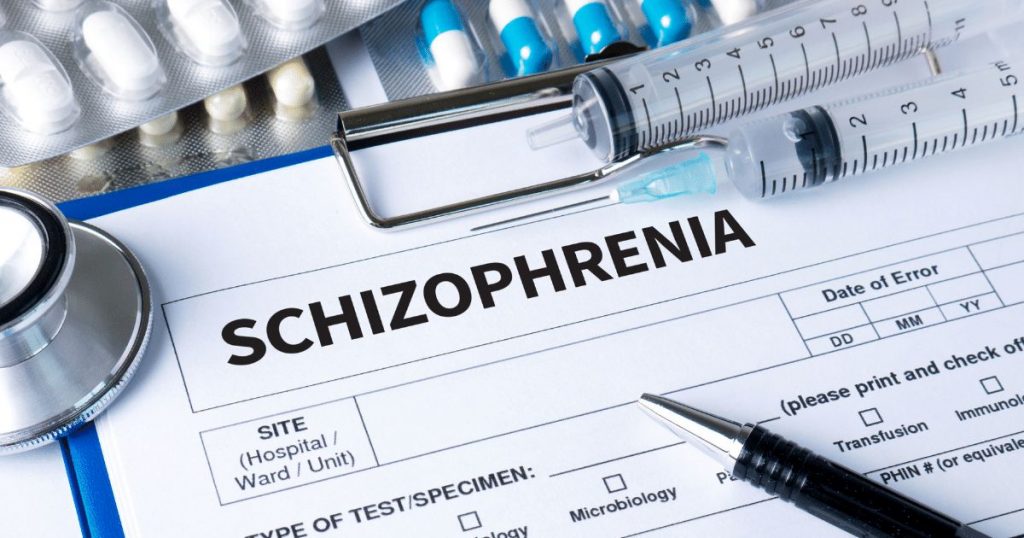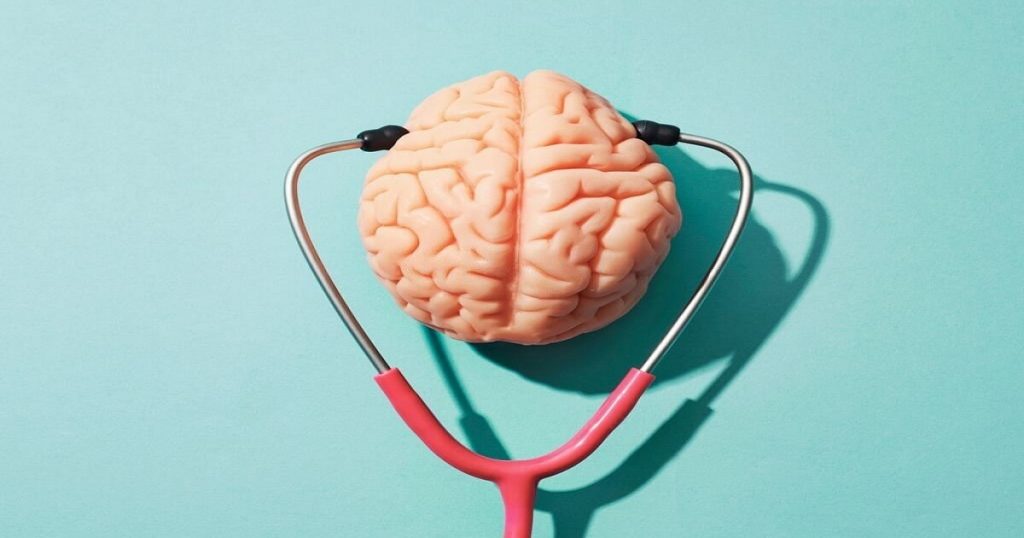Staying Sober
Negative moods and family issues make up a large part of self-reported reasons for relapse’A consistent record of drug avoidance is called sobriety. If this continuous record is disturbed even a little, the patient becomes relapsed. It is important for the patient to know their feelings and emotions in order to avoid drugs. It is also important to know the patient’s drug symptoms. It is important for the patient to be aware of the alarming signs that cause relapse so thatthey do not relapse. Changes in the brain structure can have a debilitating effect on the patient, so they should not obey but should follow the advice of their family and psychologist. Drugs also cause thepatient to have speech issues. Patients should take great care of their hygiene. Practice self-care. The patient should avoid alarming signs. They need to know their feelings and emotions, what they are thinking and what they are feeling at the moment. It is also important for the family to be fully aware of their unhealthy behavior. The family should never criticize the patient for his illness. Rather, they should work with them to help them improve their sick behavior so that they can live happily ever after. The patient must be fully aware of Craving’s identification. Patients should consider outpatient treatment, In addition, after discharge from the rehab center, the patient should come for the required follow-up sessions and share his experiences with the rest of the people there and motivate others for treatment. This will increase the patient’s self-esteem. Congratulate yourself. The patient should not go to the old places. Don’t meet old friends, try to find sober friends.Their room setting should be changed so that they do not remember the old daysand they do not feel cravings. Follow your discharge plan. Do not leave the house without permission.Find a sober place to live.Exercise daily. Should take follow-up sessions. If you ever notice a change in theirhabitsand behavior,must contact thedoctorand also find a therapist. They should write a daily diary. One should think more about one’s good habits and write about them. Should follow yourtimetable. Medication should be taken on time. Should sleep on time. Mobile usage etc. should be less.Reconnect with family, theyshould spend more time with family.Join a support group also.Happiness should be felt in small tasks.Help others. Be mindful of relapse.Ask for help when needed.
Staying sober in grief, Grief can causea person to cope or self-medicate by turning on
drugs.
SHARED PSYCHOSIS
A shared psychotic disorder is a rare syndrome that has attracted much clinical attention. Lasegue and Deux first described the phenomena of the transference of delusional ideas from a primary affected individual to one or more secondary in close association. It is also called double insanity and psychosis in association and shared psychosis. Jules.
Baillarger was the first to report this condition in 1860. During the 19th century, psychiatrists in Europe suggested different names. In France, it has been called (communicated psychosis). Lasegue and Falret coined the term “folie à deux.” The French word “folie à deux” means madness shared by two.
In shared psychosis two people share the same delusional system and support one another in this belief they have an unusually close relationship and temporal or contextual evidence exist that indicates the delusion was induced in the passive member by contact with the active partner. Family members of the active psychotic patient can develop shared psychosis after long period of taking care of the infected individual and by living with them. They starts having same delusional beliefs or either they start believing patients who are delusional and they might say that whatever patient is saying or doing is right. The main characteristic of this psychiatric disorder is a rare delusional disorder shared by two or occasionally more people with close emotional links. Only one person suffers from a genuine psychotic disorder, the delusions are induced in the others and usually disappear when the people are separated. The individual in whom the delusions are induced is usually dependent or subservient to the person with the genuine psychosis.
The shared delusions occur under unique circumstances and can be of any type. The most common type of delusion is persecutory, followed by grandeur. There are racial variations. For example, in Japanese communities, persecutory delusions are the commonest followed by religious delusions. There may be other psychiatric features such as social withdrawal, hallucinations, or suicidal thoughts. Functionality is generally preserved compared with other disorders. There may be significant impairment in a particular aspect of life, especially when the delusions are not confronted. There are four general types of shared psychosis. Folie imposee (imposed psychosis) The delusions are transferred from an individual with psychosis to an individual without psychosis in an intimate relationship. The delusions in the induced individual soon disappear once the two are separated. Folie simultanee (simultaneous psychosis) both partners share the psychosis simultaneously. They both have risk factors through long social interactions that predispose them to develop this condition. There are reports of sharing genetic risk factors among siblings. Folie communiquée (communicated psychosis) this type is similar to folie imposee; however, the delusion in the secondary partner occurs after a long period of resistance. Also, the secondary partner will maintain the delusional even after separation from their partner. Folie induite (induced psychosis) in this type, new delusions are assumed by an individual with psychosis who is being influenced by another individual with psychosis.
This disorder was first listed in the Diagnostic and Statistical Manual of Mental Disorders, Third Edition (DSM-III) as shared paranoid disorder. In the next edition (DSM-IV), the term changed to shared psychotic disorder. In the latest edition, DSM-5, it was removed as a separate disease entity. It now is included in the section on other specified schizophrenia spectrum and other psychotic disorders. ICD-10 lists it as induced delusional disorder. These patients are not discovered easily due to a lack of insight. They are usually referred after a complication, namely acting on their delusions and jeopardizing their life or others. For example, a patient acts on their paranoid delusions via multiple accusations then commits an assault.
So while concluded shared psychosis usually go unchecked leading to many difficulties and disturbed psychological health and mental peace. Shared psychotic disorder requires a comprehensive inter professional team approach that includes physicians, psychiatrist and trained psychologist, working together as a team for optimal treatment and outcomes. Also it is very important to give family therapy to the active psychotic patient’s family in order to give them understanding that how patient’s acts and thinking affect them and how they have to control the situation while taking care of their mental health that is the reason in many rehab centers family sessions are scheduled weekly in order to give them clear understanding of the disorder and to help them how to manage their emotions and behaviors regarding patient.

